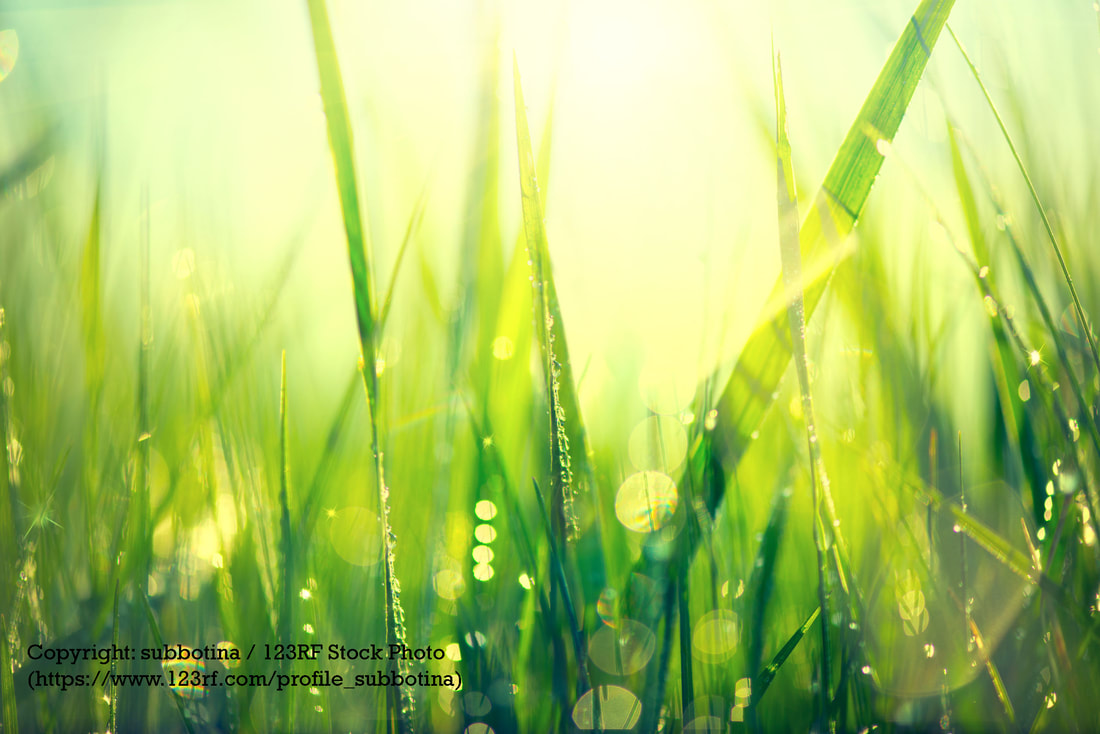*Planting cover crops can improve a new or overused vegetable garden by adding nitrogen and microbes to the soil.
*They can improve soil texture by breaking up compaction. *They can suppress weeds and after cutting them down can provide natural mulch between rows of vegetables. *They can attract pollinators if they have flowers (ie clover, vetch, buckwheat). *Rye establishes itself quickly and is a good cover crop to plant in the fall and overwinter. *Cut or mow the crop before it seeds. *Buckwheat can be a good early spring cover crop to plant before vegetables and it benefits the soil. Problems that cover crops can help with:
Some resources for cover crop seeds are: Johnny Seed Company, Seed Savers, and Mother Earth Nursery in Minneapolis. Also UW-Extension's bulletin "Cover Crops for Home Gardens".
0 Comments
Leave a Reply. |
|
| North Country MGV | gARDEN bLOGS |
Location |
|

 RSS Feed
RSS Feed